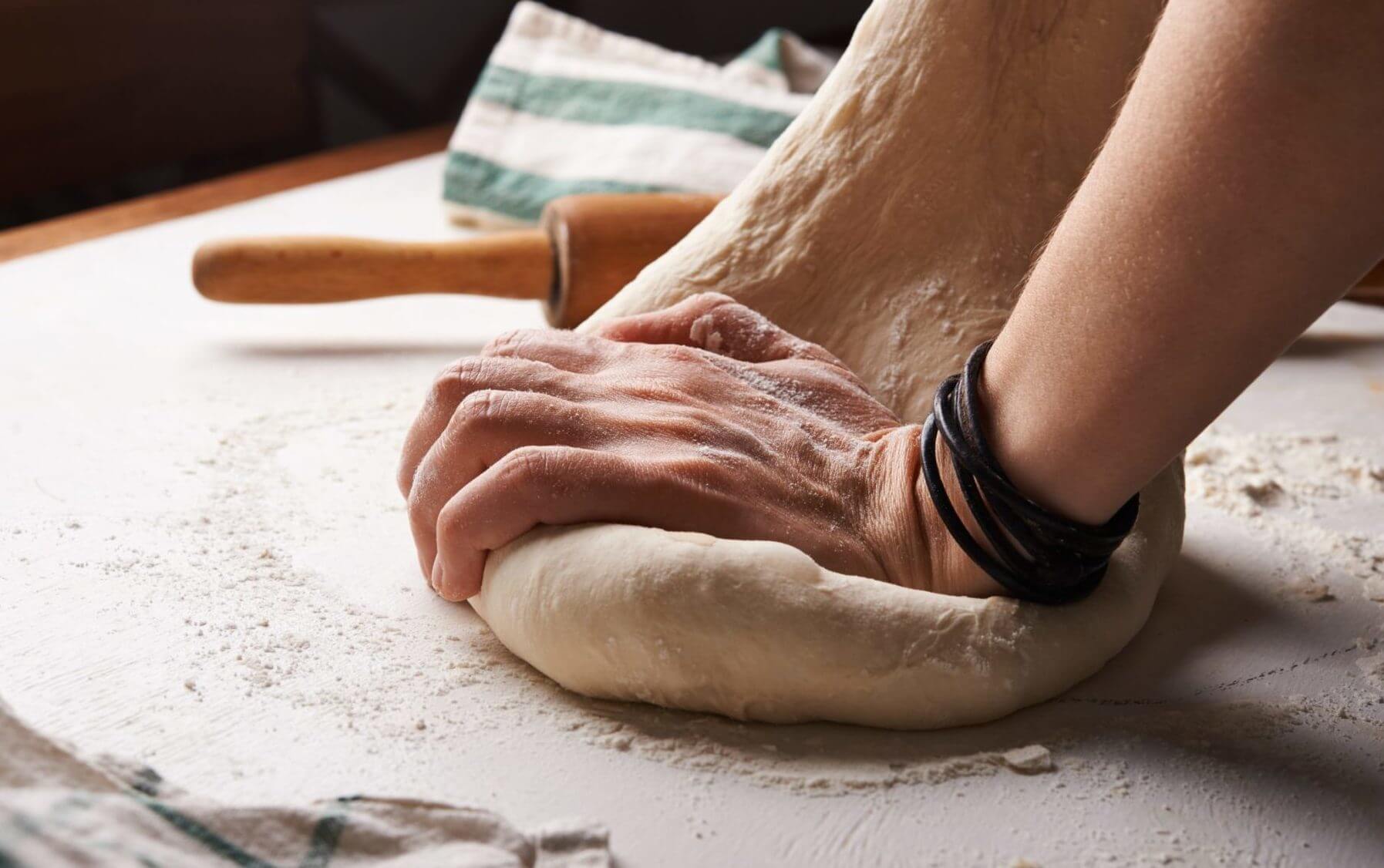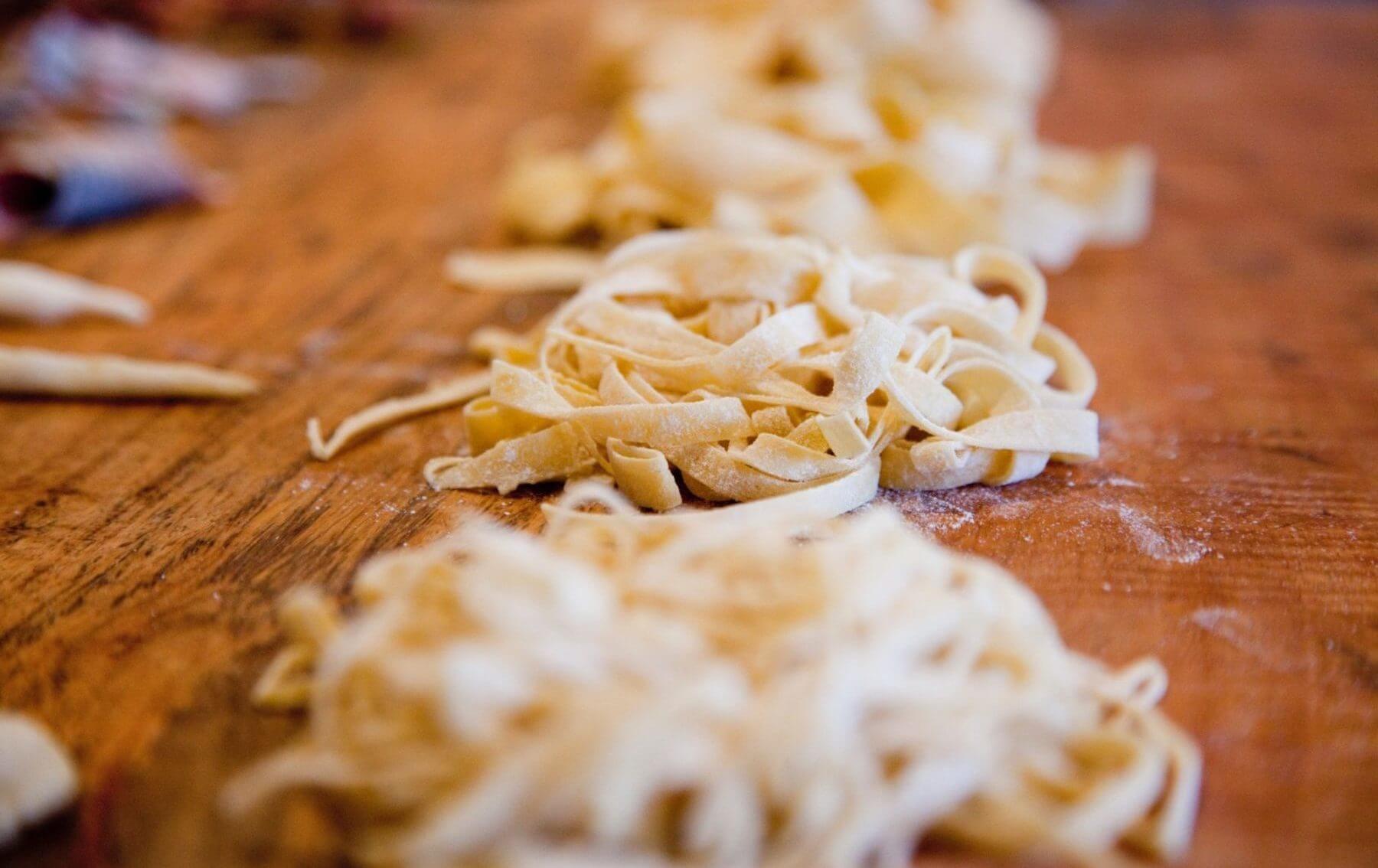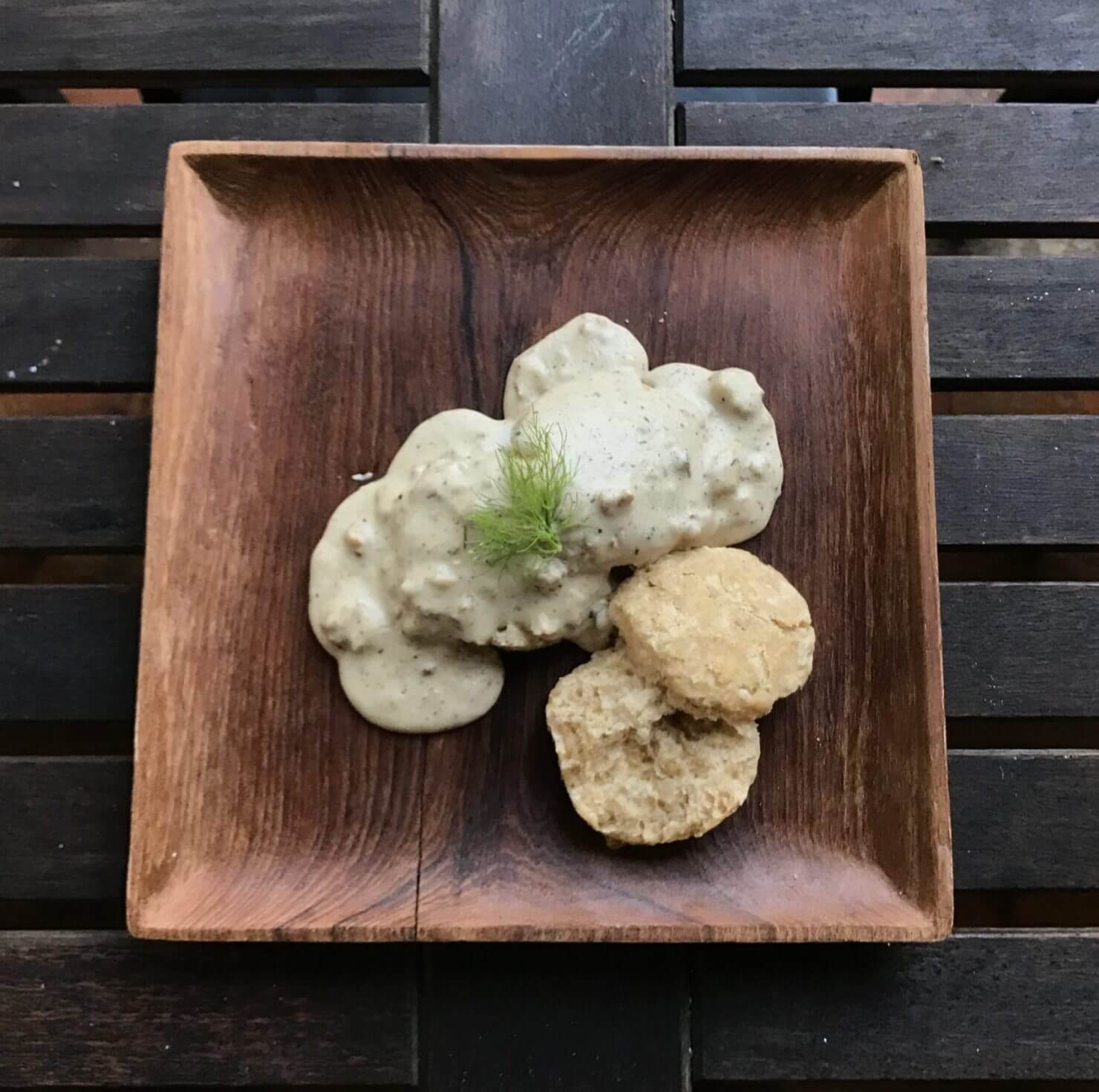Phone: 303.945.2490 Fax: 866.592.6911 Email: [email protected]
621 Kalamath St. Ste 175, Denver, CO 80204
JOIN US FOR A 2024 HEALING ADVENTURE!
Like much of the health and nutrition industry, there is a lot of confusing information published about gluten. There are many differing opinions about whether gluten is bad or good for you. This article will hopefully provide a bit more clarity about what gluten is and does in baked goods.
Gluten is a protein found in several grains



Structure of Gluten:
If you have worked with bread dough you may have noticed the more you work with it the more elastic and stretchier it gets without breaking. This is thanks to gluten development. Gluten makes up 9-10% of the grain kernel. It contains two parts, glutenin which contributes to the elasticity of a product and gliadin which contributes to the extensibility. This is why it is hard to create a gluten-free bread that mimics the same qualities as a glutinous bread.
There are certain products out there that you want little to no gluten development. These are things like cookies and cake. Gluten development will cause a denser and chewier product.

Is gluten bad?
The following are three different conditions that may cause a person to avoid gluten. Talk to a doctor if you feel you have one of these conditions:
Intolerance: Some people notice some gastrointestinal issues when eating foods containing gluten such as diarrhea, bloating, gas, etc. This is called a gluten intolerance or sensitivity. There are no tests currently to diagnose an intolerance or sensitivity. It is based solely off personal symptoms.
Allergy: An allergy is a severe immune response. It can cause hives, itching, swelling and even anaphylaxis. A true allergen should be avoided.
Celiac Disease: Celiac disease affects 1% of the American population. It is a serious autoimmune disorder that causes damage in the small intestine when gluten is ingested. The damage done to the small intestine make it difficult for vital nutrients to be absorbed properly in the body. People with Celiac disease needs to avoid gluten totally. Consult with a registered dietitian for help to eliminate gluten out of your diet.
Studies have shown that people with an intolerance to gluten are able to consume gluten containing Ancient-grains because they are not as processed as today’s wheat. Today’s wheat is one of the most processed crops. With such high demand for wheat, farmers are genetically modifying and using pesticides to produce a stronger and more cost effective crop. Some of these chemicals used on wheat may be the reason for a rise in food intolerances. Ancient-grains include spelt, oats and kamut. Spelt in particular has a similar structure to wheat and works easily in many recipes as a one for one substitute. FD chefs love to use spelt, including in the biscuit recipe below, and many people can not tell the difference.

Just Like Grandma’s Spelt Biscuits and Gravy
Recipe by: Lauren “Ratatouille” Wood
For the biscuits: Yield: 10-15 biscuits
Ingredients:
Method of Preparation:
Chef notes: Baking the biscuits so close together allows the biscuits to rise upwards vs outwards. They may touch once baked.
For the gravy: Yield: 4 servings
Ingredients:
Method of Preparation:
Chef notes: If there are lumps in the gravy this can be caused by the roux not being cooked long enough. Almond non-dairy milk is my favorite substitution in gravy. Cashew milk sometimes creates a thick coating at the bottom of the pot and starts to burn. If you are not a vegetarian, you can substitute the tofu crumbles for cooked breakfast sausage crumbles.
To order a copy of our very own Out Cooking It with First Descents cookbooks, explore our FD Store.
Please note that First Descents does not conduct nutritional research studies, nor does FD encourage readers to ensue any dramatic dietary or nutritional shifts without first consulting a doctor or certified nutritionist.
Thanks for helping me understand what gluten really means through this article. I had no idea that gluten protein comes from wheat, rye, barley, and etc. Since my friend Linda has an intolerance to gluten, I am hoping to learn gluten free bread recipes just for her. I used to bake for my friends in order to master my cooking skills so I guess it’s better to know about gluten diet as well.